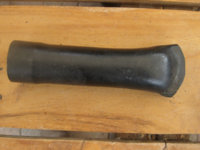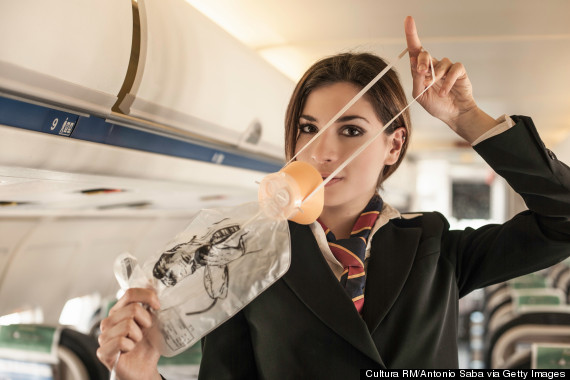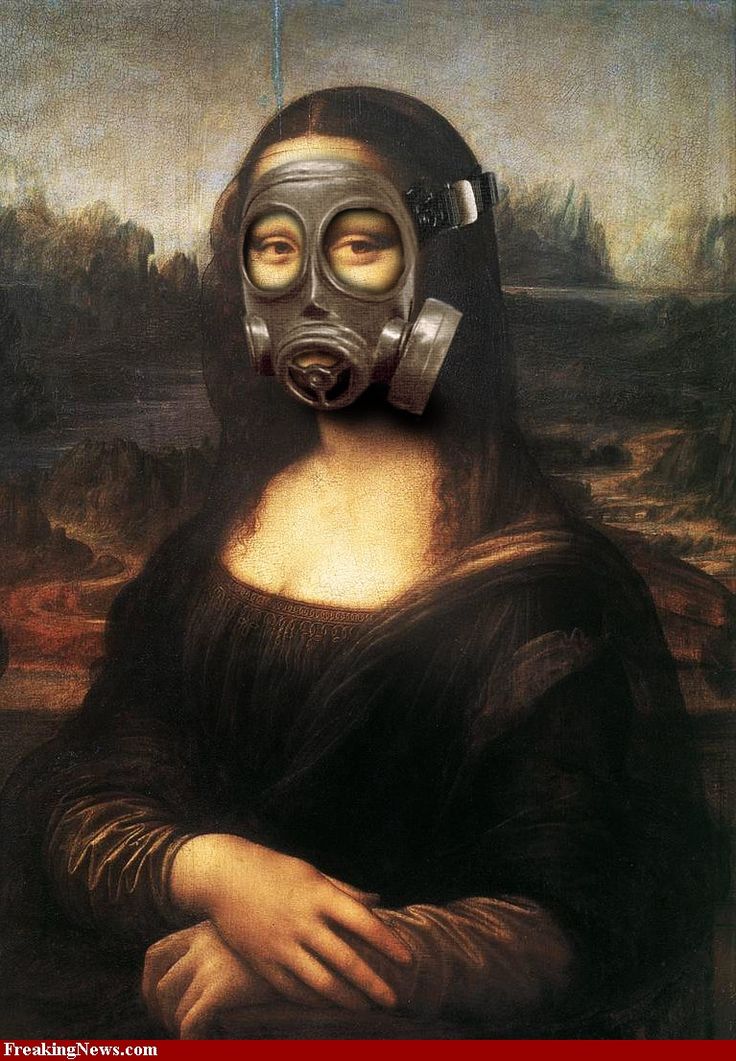bmwkai: The "gas smell in passenger compartment" theme is a common complaint, going back literally decades. There are LOTS of potential sources, some are USA-model specific. Confounding all of the effort to find the sources of a fuel odor is that in a moving car, 1) air from the trunk can be drawn into the passenger compartment and 2) air from the engine compartment can be drawn into the passenger compartment.
I've posted about this before but have not seen it mentioned in quite some time. The Search function will show the previous efforts. Following is only a partial list that evaluates items that were OE with the car. Previous owners (and you) may have changed things that cause, or deteriorate enough to cause, fuel odors to be noticed. Thus you have to look beyond simple age-related failures of OE equipment.
At the back half of the car (trunk, boot, whatever you prefer):
Gas cap (ohne luftung oder mit luftung?) rubber seal.
Seal of metal tube immediately downstream of the gas cap to the metal tube coming up from the tank, and integrity of the flexible tube connecting both metal bits.
Integrity of the tank, particularly along the seam
Seal of the large o-ring at the fuel sender
Seal of the two fuel lines that connect to the sender. Also, one of those 2 fuel lines is supposed to have a plastic sleeve over the metal sender spigot.
The fuel tank must be vented to allow air to replace fuel drawn out. USA cars have a metal tube fitting on the tank riser that is connected using flexible tubing to the above-mentioned vapor canister that sits above the right rear inner fender. The flex tubing on both sides of the vapor canister must be intact, and the vapor canister itself must not leak. Be aware that the line from the canister runs forward through the passenger compartment, another line to verify (seal the end in the engine compartment, put some light pressure on the end in the trunk, and see if the pressure drops over time).
Does your trunk gasket adequately seal the trunk? Put a piece of paper across the gasket and see if the gasket presses against the trunk lid, all the way around. Alternative park in a dark location, put a flashlight in the trunk, look for light leakage around the edges of the trunk lid. Or in daylight climb in the trunk and look for light leakage.
Within the middle half of the car (passenger compartment):
Verify the integrity of your fuel line (if it runs through the passenger compartment, I forget) from the gas tank to engine.
I *think* there are (or are supposed to be) seals between passenger compartment and trunk, above and forward of the rear wheel arches, i.e., on either side of the back seats and behind the trim panels. You may be able to see from the trunk, otherwise have to remove the back seat side panels.
Were cutouts made for speakers on the rear deck under the back window? Vapors in the trunk will enter the passenger compartment there.
At the front half of the car:
Throughout the engine compartment all fuel-containing bits must be completely intact, meaning that they don't even allow evaporation, which would not show a visible wetness.
The gutter where the heater inlet and wipers are located must not vent or allow engine compartment smells to enter.
Verify integrity of the engine compartment hood where it seals to the gutter - a gasket running across the car. Forget if there are also two more rubber seals at the end of this.
If the gutter drain tubes are missing or rotted, engine smells enter the gutter, then the passenger compartment.
No other missing seals between gutter and engine compartment.
Verify no rust or rot perforations between engine and passenger compartment.
Verify that all fuel-containing flex lines have not deteriorated, usually near their ends, and leak (fire hazard!) or even as much as weep without visible wetness.
US models, verify the vapor line from the gray canister is connected to the charcoal filter under the battery (most of these rotted out long ago, may no longer be there). In Euro models, the trunk must be vented, where does the vent go? (check both ends).
Carbs if so equipped must not leak. Anywhere.
Yes there are three "halves" to the car when trying to find the source of fuel smells, but I repeat myself

If all the above isn't enough to keep you busy (and get intimately familiar with the car) note that there can be multiple sources, so finding something obvious may not make a difference at all.
I hope to think that if you fix the fuel odor, the oil odor will be gone also. There could be another list about oil and exhaust odors, but as a start verify your exhaust system is complete and not leaking. Exhaust leaks sometimes make a black stain on the exhaust pipe. You can hear, or feel leaks if you're close to the pipe (don't burn yourself...)
Hope this helps, post back if you find your fuel odor source. Then you can look for oil odor sources, then exhaust odor sources. We'll keep raising your post count...



